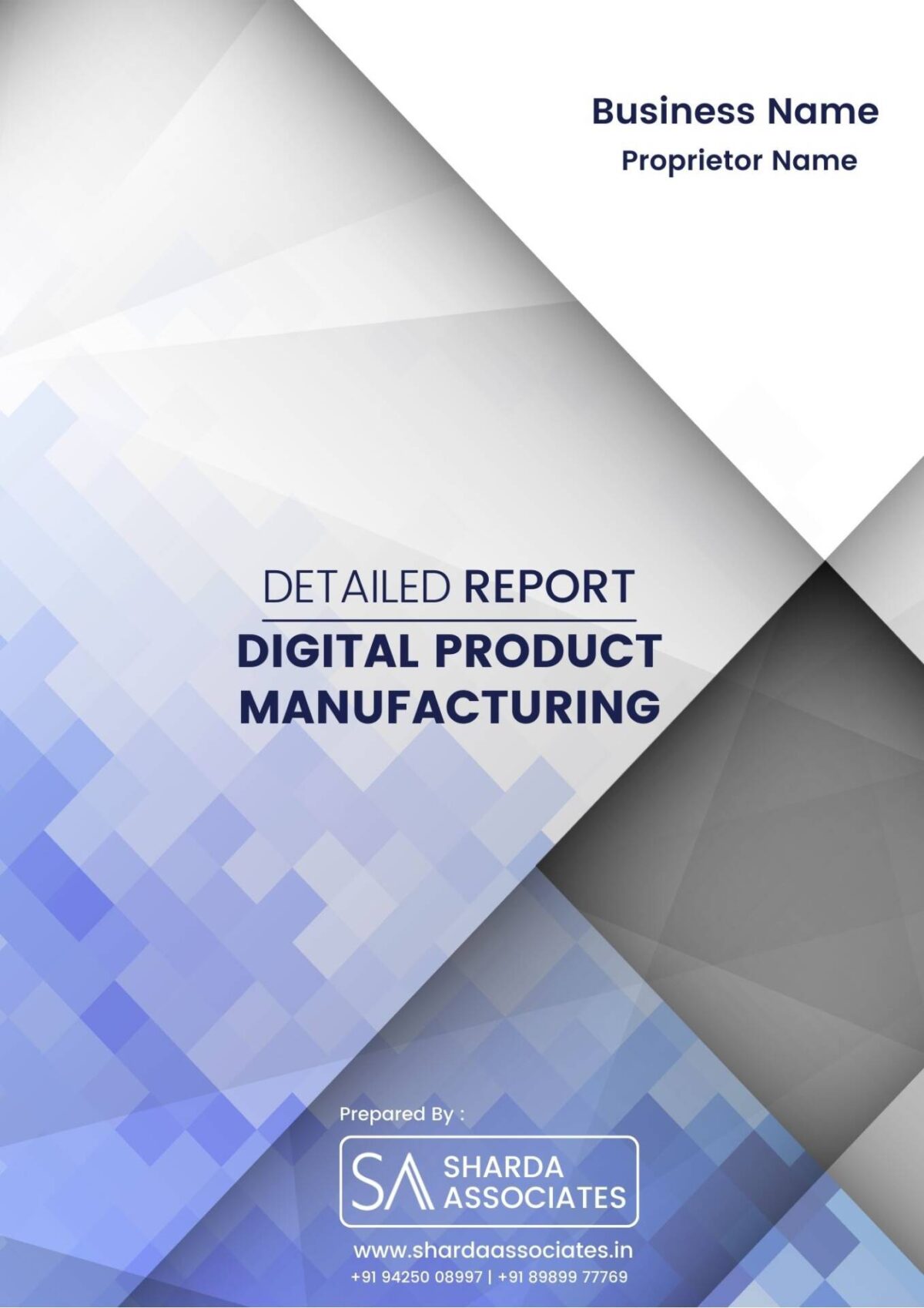Detailed Report On Digital Product
Manufacturing
Digital Product Manufacturing is the creation of intangible goods like software and online content. It encompasses design, development, and distribution through digital platforms, driving modern industries and transforming user experiences.
Introduction

Detailed Report on Digital Product Manufacturing is as follows.
The Digital Product Manufacturing Market is segmented into four categories: component, technology, application, and geography. We are analyzing the market for these segments to identify which segment is the largest presently and in the future, which segment has the fastest growth rate, and which segment offers future potential. The electrical and electronics sector’s digital product market forecast research gives in-depth insights into key vendor profiles. The profiles include information on the production, sustainability, and future of the leading enterprises.
The global DM market in the electrical and electronics industry is predicted to expand over the forecast period, owing to rising cloud-enabled solution adoption, increased data complexity among major companies, and the increasing likelihood of cyber attacks influencing business profitability.
The purpose of digital manufacturing is to combine these technologies so that they work seamlessly together. Product data becomes a digital thread that runs across the manufacturing business, from design to distribution and even maintenance. Simulation and testing, industrial layout planning and machine design, ERP, Quality, and after-sales support are all intricately tied to product creation.

Detailed Report Sample On Digital Product Manufacturing




Market Potential Of Digital Product Manufacturing
The worldwide Digital Product Manufacturing industry is expected to be valued at USD 320 billion in 2021. It is expected to reach USD 1,370 billion by 2030, growing at a 16.5% CAGR between 2022 and 2030.
The use of digital technology in manufacturing areas such as automotive, aerospace, and military is referred to as “digital manufacturing.” Asset tracking, fleet management, and machine learning are examples of digital manufacturing technology. Manufacturing companies have decreased waste and accidents on industrial sites as a result of IoT, sensors, BIM software, smart wearables, and RFID monitoring. The digital manufacturing industry is growing as a result of remote monitoring and data collecting, which has enhanced efficiency and optimized financial resources. In the industrial sectors, the spread of IoT, remote monitoring, and 5G technologies is driving increased demand for digital manufacturing.
As a result, the benefits of increasing productivity on manufacturing industries support the expansion of the digital manufacturing industry. However, the surge in cyber security concerns is impeding the use of IoT technologies and machine learning in the industrial business. Data-driven decision-making at the planning stage of building projects is expected to improve resource management and thus project efficiency. However, robotics in manufacturing sites, as well as increased awareness of the usage of IoT, big data, and analytics in manufacturing sites, are expected to give attractive chances for the digital manufacturing market to develop.
Contents of Project Report
A project report helps you identify whether a project is worth pursuing. It presents the holistic view and brings complete insight of the business and its activity.
It acts as a guide for all the business operations, aids in taking all financial decisions related to the existing businesses and to the start-ups. It serves as roadmap to the business and provides information to the outsider who are wanting to know more about the business.
You will have the opportunity to build new goals and expansion ideas in one single document. Everyone, from the banks to potential investors, will need to have a look at the project report before they shell out any money.
A well drafted project report generally consists details about:
- Brief History of the Business
- The Promoters
- SWOT Analysis
- Industry Outlook
- Past Financial Statements
- Projected Financial Statements
- Infrastructure and Human Resource required
- CMA data
- Business model
- Requirement of Working Capital Funds
- Means of Finance
Other relevant information, if any.
